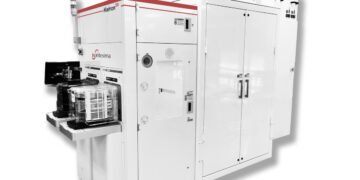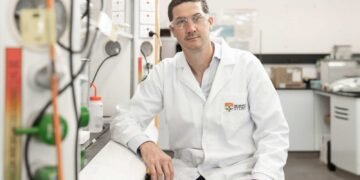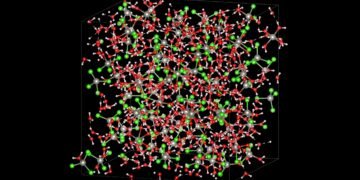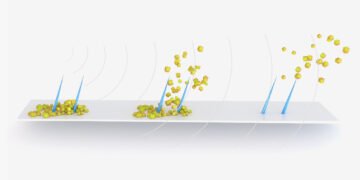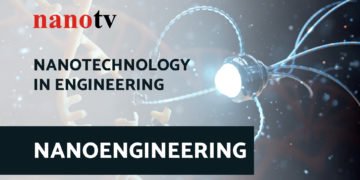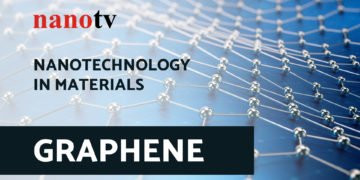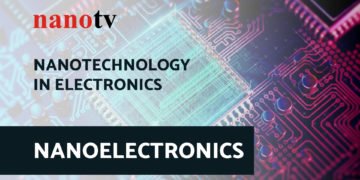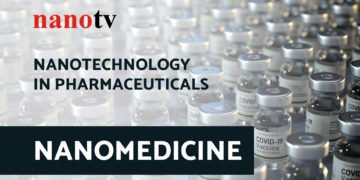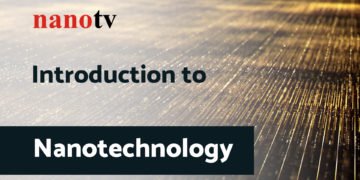‘Hydrogel-Impregnated Robust Interlocking Nano Connector’
By Lee, Hyoung-min translator
100-fold increase in bioadhesive bonding strength… Reducing treatment burden and improving patients’ quality of life
An innovative nano-coating technology that effectively prevents the migration of esophageal stents, a common complication in esophageal stricture treatment, has been developed by a Korean research team.
A joint research team comprising Professor Lee Joon-seok from Hanyang University’s Department of Chemistry and Professors Park Jung-hoon and Kim Do-hoon from Seoul Asan Medical Center has developed a 3D porous nano-network coating technology that impregnates bioadhesives, significantly enhancing the adhesive strength between the esophageal stent and the esophageal lining.
With the aging population and rising cancer cases, the demand for esophageal stricture treatment has steadily increased. Stents are a representative non-surgical treatment method, but the frequent migration of existing stents remains a major issue. Current solutions, such as suturing, clips, or structural modifications of stents, often pose risks of tissue damage, inflammation, and pain. Although bioadhesives have attracted attention for their ability to stabilize stents without tissue damage, their weak adhesion on smooth surfaces, like metals, has limited their practical application.
To overcome these limitations, the research team developed a novel “hydrogel-impregnated robust interlocking nano connector (HiRINC)”, which involves coating the stent surface with a 3D nano-network structure and impregnating bioadhesives within it.
HiRINC enhances adhesion by creating a microscale puzzle-like surface, allowing the adhesive to interlock and significantly increase the bonding area. This innovation improved the adhesive bonding strength by more than 100 times compared to existing methods. The technology not only enhances adhesive strength but also demonstrates excellent biocompatibility by reducing inflammatory responses and tissue hyperplasia while preventing adhesive expansion in wet environments, thereby lowering the risk of stent restenosis.
The effectiveness of the technology has been proven through animal experiments. When conventional stents and HiRINC-coated stents were inserted into rat esophagi, the conventional stents migrated, whereas the HiRINC-coated stents remained securely in place. Follow-up tests on pigs also confirmed that the stents maintained their original position for four weeks, demonstrating potential for clinical application.
Unlike traditional methods such as suturing or clipping, HiRINC is a non-invasive solution that minimizes tissue damage and helps maintain essential functions, such as swallowing, thereby improving patients’ quality of life. The research team expects that this technology could be expanded to other non-vascular stents and various implantable medical devices.
“This study is significant for structurally overcoming the challenge of poor adhesion on metallic surfaces,” explained Professor Lee Joon-seok. “It could reduce stent reinsertion rates, alleviating patients’ pain and lowering medical expenses.”
Source: Hanyang University














